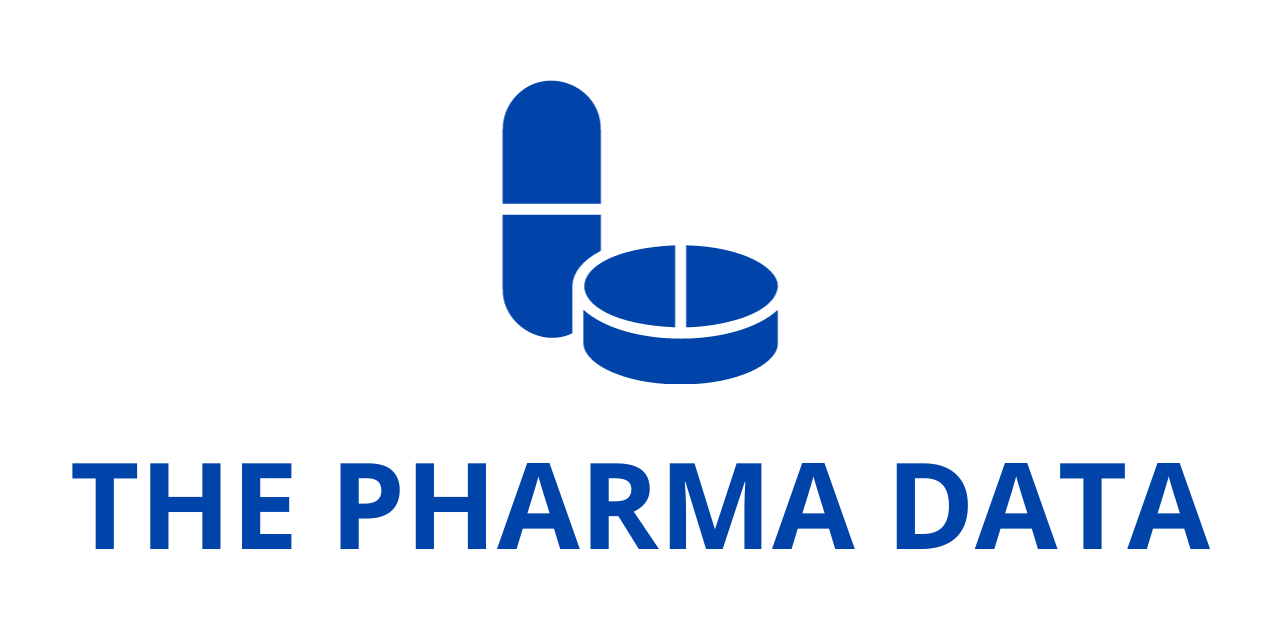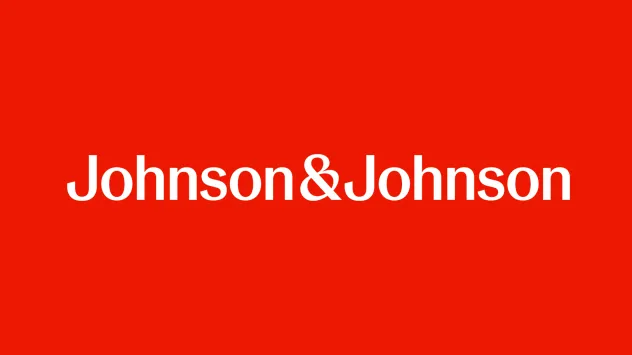
AstraZeneca’s FASENRA Demonstrates Statistically Significant Clinical Benefit in Phase III NATRON Trial for Hypereosinophilic Syndrome
AstraZeneca has announced positive full results from its pivotal Phase III NATRON clinical trial evaluating FASENRA (benralizumab) as a therapeutic option for patients living with hypereosinophilic syndrome (HES), a rare, life-threatening disorder driven by elevated eosinophils. According to the detailed results now being presented at the American College of Allergy, Asthma and Immunology (ACAAI) 2025 Annual Scientific Meeting in Orlando, Florida, FASENRA successfully met its primary endpoint, demonstrating a statistically significant delay in time to first disease worsening or flare compared to placebo. The findings position FASENRA as a potentially transformative therapy in an area with limited safe and effective treatment options.
The new data underscore FASENRA’s potential to deliver clinically meaningful benefit to patients affected by HES, slowing disease progression, reducing flare frequency, and improving patient-reported fatigue outcomes. AstraZeneca also plans to present these data at the American Society of Hematology (ASH) Annual Meeting and Exposition in December 2025, further highlighting the growing interest in benralizumab as a targeted anti-eosinophilic agent with applications beyond severe eosinophilic asthma.
Understanding Hypereosinophilic Syndrome (HES)
Hypereosinophilic syndrome refers to a heterogeneous group of rare disorders characterized by persistently elevated eosinophils—white blood cells that play a role in immune defense but can cause tissue damage when present in excessive quantities. Patients with HES typically exhibit eosinophil-driven inflammation and organ or tissue damage that may progress over time. If left untreated, HES can lead to severe morbidity and mortality due to life-threatening involvement of organs such as the heart, lungs, gastrointestinal tract, skin, and nervous system.
Although diagnosis and disease manifestations vary considerably among patients, hallmark features include persistent eosinophilia, constitutional Disease symptoms (such as fatigue or weight loss), organ dysfunction, and flare cycles that can be difficult to manage. Clinical deterioration is often unpredictable, with flares leading to sudden disease activity or hematologic relapse.
Current standard-of-care therapies for HES include glucocorticosteroids, which are commonly used but associated with substantial long-term toxicity; chemotherapy-based regimens; and tyrosine kinase inhibitors. An anti-IL-5 monoclonal antibody therapy is also used in some cases, but many patients continue to face uncontrolled disease, inadequate efficacy, or treatment-limiting safety concerns. This unmet medical need underscores the importance of novel targeted options capable of safely reducing eosinophils, controlling inflammation, and mitigating flare severity over time.
FASENRA (Benralizumab): A Targeted Approach
FASENRA (benralizumab) is a monoclonal antibody that targets the IL-5 receptor on eosinophils. It induces antibody-dependent, cell-mediated cytotoxicity, a mechanism that results in near-complete depletion of eosinophils. This distinct pharmacologic action has positioned FASENRA as a differentiated biologic option for eosinophilic-driven diseases. The drug is already approved as an add-on maintenance therapy for severe eosinophilic asthma (SEA) in more than 80 countries—including the U.S., EU, China, and Japan—and is approved for pediatric SEA in children and adolescents aged six years and older in select regions. In addition, FASENRA is approved in more than 60 countries to treat eosinophilic granulomatosis with polyangiitis (EGPA), another rare eosinophilic inflammatory condition.
The NATRON trial was designed to extend FASENRA’s therapeutic scope to HES, leveraging its established eosinophil-depleting capabilities in severe eosinophilic asthma and EGPA to test its utility in preventing disease worsening or flare in HES patients.
About the NATRON Phase III Trial
The multicenter NATRON trial evaluated the efficacy and safety of benralizumab administered subcutaneously at a dose of 30 mg every four weeks compared to placebo in patients diagnosed with hypereosinophilic syndrome. Patients were randomized into two study arms and followed to assess several clinically relevant measures, including time to first HES worsening or flare, frequency of relapse, disease severity, and patient-reported fatigue.
The primary endpoint focused on the time to first HES flare or disease worsening. Secondary endpoints included the proportion of patients experiencing a flare or withdrawing from the study; the annualized flare rate; time to first hematologic relapse; and improvement in validated patient-reported fatigue scores.
Positive Primary Endpoint Result
The trial met its primary endpoint with statistical significance. Treatment with FASENRA delayed the time to first HES worsening or flare versus placebo. The therapy reduced the risk of worsening or flare by 65% compared to placebo, with flare events occurring in 19.4% of patients receiving FASENRA versus 42.4% of those receiving placebo.
The hazard ratio (HR) of 0.35 (95% confidence interval [CI]: 0.18–0.69; P=0.0024) underscores the strength of the observed effect. These results demonstrate that benralizumab meaningfully reduces the likelihood and timing of disease flares, offering greater disease control in a patient population typically reliant on broad immunosuppression or cytotoxic therapies.
Key Secondary Endpoints: Further Evidence of Benefit
Beyond the primary endpoint, FASENRA delivered statistically significant improvements across all key secondary endpoints, reinforcing its potential as a comprehensive therapy for HES management.
1. Reduction in Flare or Study Withdrawal
FASENRA reduced the proportion of patients who experienced a flare or withdrew from the trial by nearly half. Only 22.4% of patients administered benralizumab reported flare or withdrawal versus 45.5% among placebo patients (odds ratio: 0.31; 95% CI: 0.14–0.69; P=0.0033).
2. Annualized Flare Rate Reduction
An impressive 66% reduction in annualized HES flares was observed among patients treated with benralizumab. Patients in the FASENRA arm experienced 0.41 flares per year versus 1.23 flares per year in the placebo arm (rate ratio: 0.34; 95% CI: 0.18–0.63; P=0.0008).
3. Delayed Time to First Hematologic Relapse
Time to first hematologic relapse was significantly delayed for those receiving FASENRA compared with placebo. This was reflected in a hazard ratio of 0.08 (95% CI: 0.03–0.20; P<0.0001), suggesting that benralizumab not only delays clinical flares but may also contribute to durable hematologic disease stability.
4. Improvement in Fatigue Severity
Patient-reported fatigue, measured through PROMIS Fatigue scores, improved significantly among individuals treated with FASENRA. A least squares mean difference of –4.72 (95% CI: –7.64, –1.80; P=0.0017) was recorded at Week 4, with this benefit persisting through Week 24. Fatigue is a burdensome and intrusive symptom for many patients with HES, and improvements in this measure underscore the broader disease-modifying value of benralizumab beyond objective biomarkers.
Physician Insights

Princess U. Ogbogu, Division Chief of Pediatric Allergy, Immunology, and Rheumatology at University Hospitals Rainbow Babies and Children’s Hospital and Case Western Reserve University in Cleveland, Ohio, and the principal investigator of the NATRON trial, highlighted the profound potential of benralizumab for HES care. She emphasized the variability and severity of HES symptoms, noting that patients often struggle with fatigue, organ involvement, and quality-of-life deterioration.
In her remarks, Dr. Ogbogu underscored that NATRON’s findings establish benralizumab as a promising therapy capable of significantly reducing flare risk, delaying hematologic relapse, and improving patient-reported fatigue with a convenient once-monthly dosing schedule—an important advantage over more burdensome or poorly tolerated treatment regimens.
AstraZeneca Perspective
Sharon Barr, Executive Vice President of BioPharmaceuticals Research & Development at AstraZeneca, highlighted the broad relevance of benralizumab across eosinophilic-mediated inflammatory conditions. She noted that the NATRON trial results support benralizumab’s utility not only in severe eosinophilic asthma but potentially also in HES and eosinophilic granulomatosis with polyangiitis (EGPA).
Barr emphasized the company’s commitment to advancing regulatory filings for HES and sharing pivotal NATRON results with the broader clinical community. She reiterated AstraZeneca’s dedication to ensuring patients with HES—many of whom face limited treatment options—gain access to therapies capable of addressing eosinophilic inflammation more effectively.
Safety and Tolerability
Safety findings from the NATRON trial were consistent with the known clinical safety profile of FASENRA, which has been widely studied and used for asthma and EGPA. No new safety signals were observed, underscoring the favorable tolerability profile associated with benralizumab’s mechanism of action. This reinforces the viability of FASENRA as a long-term therapy option for HES patients, many of whom require chronic management but struggle with treatment toxicity from glucocorticosteroids or chemotherapy.
Regulatory and Clinical Outlook
FASENRA already holds approvals in major global markets for severe eosinophilic asthma and EGPA, with its pediatric indications expanding its relevance among younger patients. The NATRON trial adds a substantial body of evidence supporting its efficacy in hypereosinophilic syndrome. AstraZeneca is expected to leverage these data to pursue regulatory submissions seeking to expand benralizumab’s approved indications.
Given the scarcity of targeted treatments for HES, benralizumab, if approved for this indication, could significantly reshape the therapeutic landscape, offering a convenient injectable therapy administered once monthly. This would offer an alternative to chronic steroid dependence and potentially reduce the burden of long-term toxic side effects.
The full readout of the Phase III NATRON trial marks a pivotal milestone in the clinical development of FASENRA for hypereosinophilic syndrome. With statistically significant improvements across primary and secondary endpoints—including flare reduction, delayed relapse, improved fatigue, and a favorable safety profile—benralizumab presents a compelling potential treatment option for patients with HES who urgently need more effective and tolerable therapies.
By demonstrating its ability to meaningfully delay disease worsening and reduce relapse risk, FASENRA may become an important tool in how clinicians manage HES. Its success in NATRON reinforces AstraZeneca’s leadership in developing biologics that transform care for eosinophil-driven conditions.
As additional data are disseminated at major scientific forums, including ASH 2025, the medical community will gain further insight into FASENRA’s role in addressing HES disease progression. Looking ahead, potential regulatory submissions could position benralizumab as a first-in-class biologic for HES, expanding its reach beyond severe asthma and EGPA to a broader spectrum of eosinophilic disorders.
Source Link: https://www.businesswire.com/




